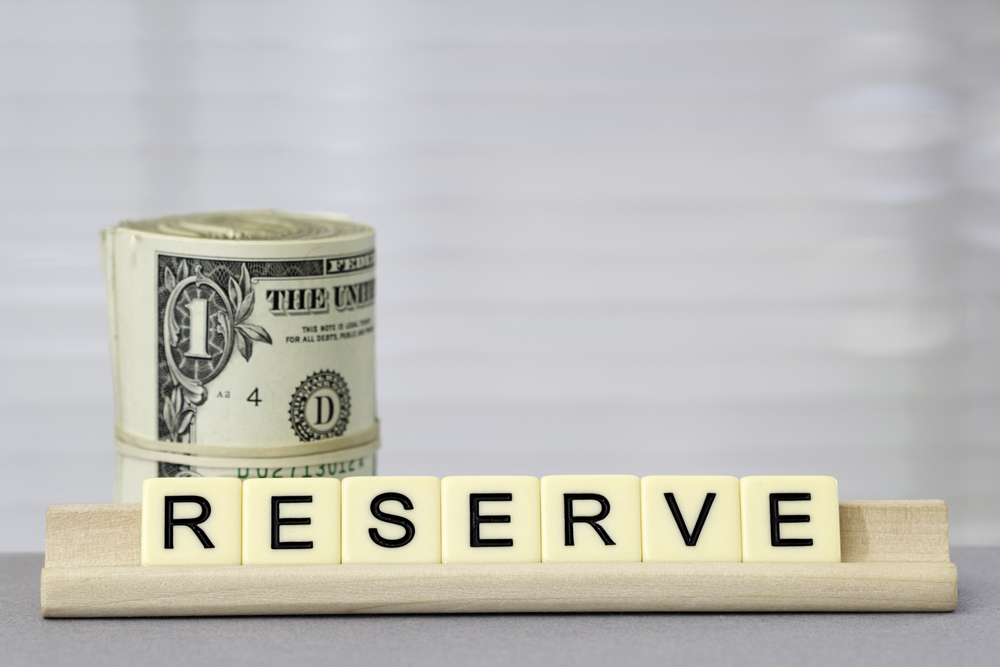In the hiking cycle from 2004 to 2006, the Fed raised rates by 25 bps at every FOMC meeting taking the Fed Fund target rate from 1% to 5.25%. The current situation can’t really even be termed a ‘hiking cycle’ as the first rate raise was in December of 2015, with the market currently pricing about 2 in 3 odds of another hike at this year’s meeting on December 14. I don’t typically analyze the market in terms of exact timing of Fed hikes, but in the current environment, it’s probably worth going through the exercise. Obviously a lot can happen over given time frames to change the Fed’s decision making process, and of course various Fed officials robotically repeat that the Fed is ‘data-dependent.’ But, nothing occurred over the two YEAR hiking cycle from 2004 to 2006 to dissuade the Fed from raising rates. For various reasons that I won’t go into here, it’s currently impossible to see eight hikes in a year. However, for the purposes of this note, I am going to assume that the market is correctly predicting a hike in December and I am going to further assume two hikes in 2017. On the table below, I show a calendar with 2017’s FOMC meetings and Eurodollar contract expirations.
|
FOMC ’17 |
EURO$ QRTERLY |
EXPIRES |
FOMC |
|
1-Feb |
OUTCOME |
||
|
15-Mar |
EDH7= 99.005 |
13-Mar |
unknown |
|
3-May |
|||
|
14-Jun |
EDM7= 98.950 |
19-Jun |
known |
|
26-Jul |
|||
|
20-Sep |
EDU7= 98.905 |
18-Sep |
unknown |
|
1-Nov |
|
||
|
13-Dec |
EDZ7= 98.855 |
18-Dec |
known |
I have highlighted in red when I think the most likely times are for Fed hikes, either May or June and then September, a total of 2 in 2017. These periods are slightly arbitrary; I personally think that inflation data is likely to accelerate next year for a variety of reasons, but that a more dovish composition of FOMC voters and internat’l concerns will keep the Fed from hiking in Q1. There are a few things to notice in this table. First, the spreads between consecutive contracts are almost linear around 5 bps. Second, the outcomes for the FOMC meetings will be known for June and December expiries, but because the March and Sept contracts expire prior to the FOMC announcement days, those two contracts are likely to be slightly more limited in pricing odds of hikes. Given my own predispositions, these calendar factors make me favor buying the March/June spread and the Sept/Dec spread. My inclination would not be to carry these spreads to expiration, but to look for increased odds of tightening to be reflected in a widening of the spreads with targets of 10 to 12 bps and perhaps even higher. Of course, one could also just buy the March/Dec’17 calendar spread at 15.0 and look for a widening out to 25 to 35. The idea is that the Eurodollar curve is currently too flat given the changing dynamics that favor increased inflation and tightening prospects.
One last note. Individual traders should always factor in their commission structures when considering trades in Eurodollars, especially now when volatility has stifled movement. Commissions that are relatively high can significantly affect risk/reward characteristics of all trades, and curve trades may be slow to move and have limited profitability characteristics.
Alex Manzara




